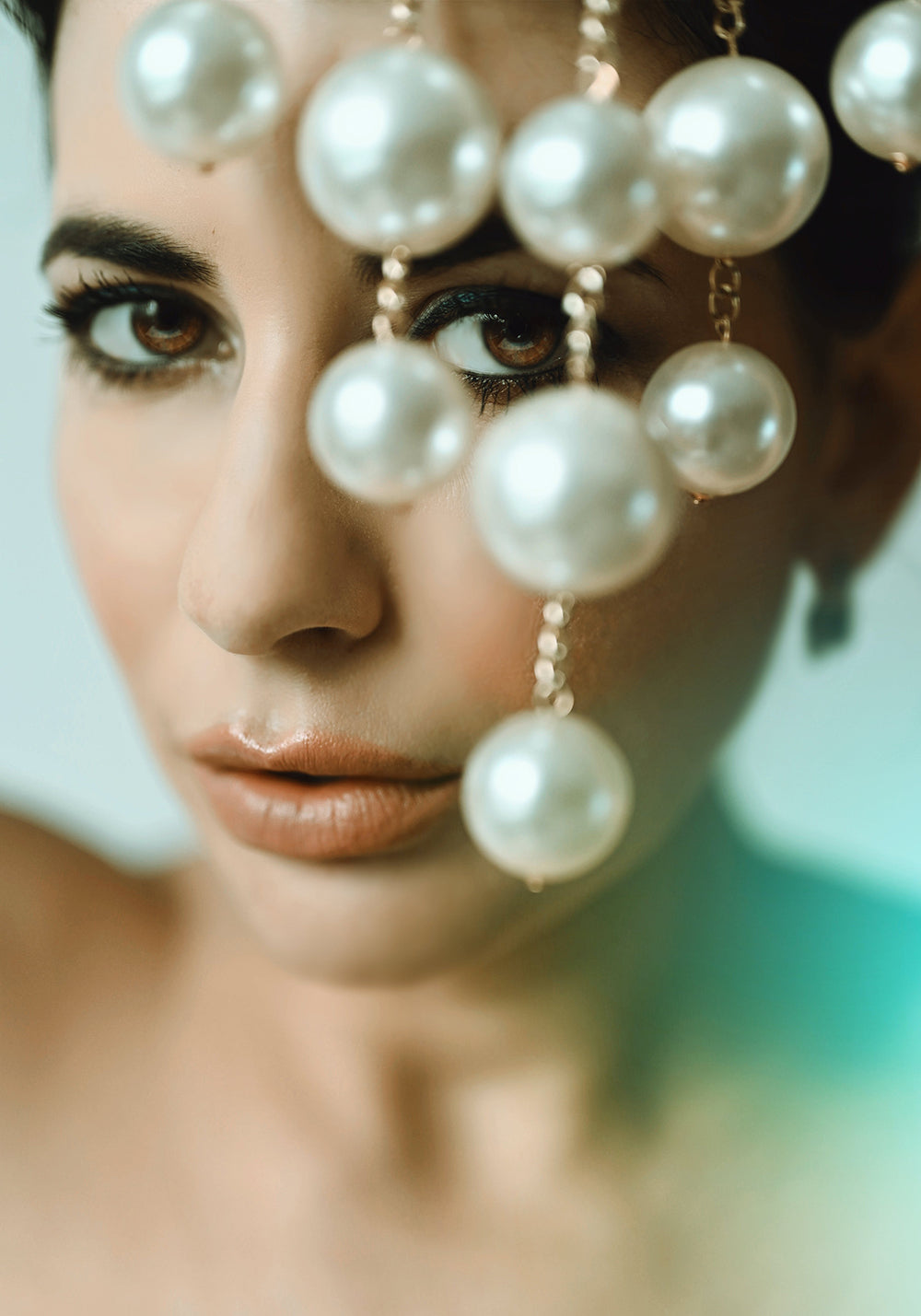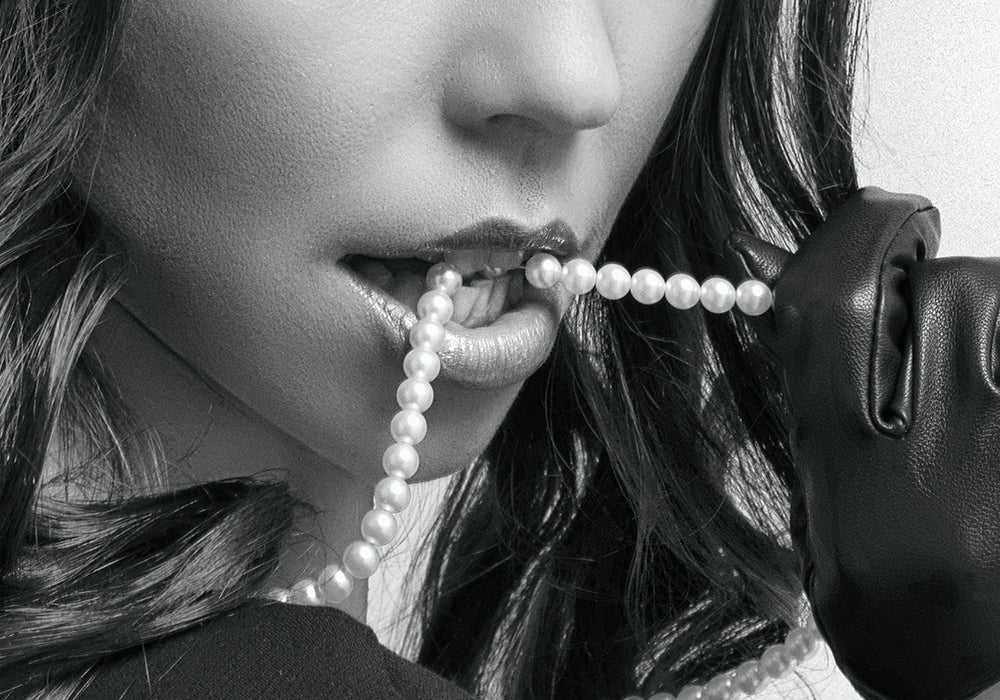Eye Candy
GLOWING HANADAMA PEARLS
Check out these gorgeous glowing Hanadama Akoya pearls! Loving the depth and subtle transparency of the outer nacre layers, which really enhances their rainbow orient.
You Asked ...
Every day we receive questions from customers all over the world about pearls. We decided to post our answers here for every one to read!
How Can I Tell The Difference Between Real and Cultured Pearls?
We Answer:
As the manufacturing processes behind creating synthetic "fake" pearls improves, the quantity of realistic man-made pearls in the jewelry markets today is simply astounding! So it's important to be able to tell the difference between real cultured pearls and clever fakes.
There are a few simple things you can do immediately to determine which is which! Let's take a look at the various tests you can use.

Visual Inspection
Luster: Real pearls have a deep, luminous sheen, as if the light is coming from within. Fake pearls often have a surface shine (and often this can look plastic-like!) but they lack that deep inner glow.
Surface: Real pearls usually have slight imperfections when examined closely. Fake pearls can be too perfect or have a very uniform surface.
Shape: While there are perfectly round real pearls, they are rare and expensive. Many real pearls have slight irregularities in shape. Fake pearls are often perfectly round.

The Touch Test
Temperature: Real pearls usually feel cool to the touch initially and warm up when worn. Plastic or glass pearls tend to feel room temperature or warm from the start.
Texture: Gently rub the pearl against the edge of your teeth. A real pearl feels slightly gritty or sandy, due to its crystalline structure. Fake pearls feel smooth.

Rub Pearls Together
Pearl against Pearl: Rubbing two pearls lightly against each other is another method of touch test. Real pearls give a slight resistance or gritty feeling, due to the microscopic crystalline structure on their surface.

Drill Hole Inspection
Hole Edges: Look at the drill holes. Real pearls often have sharp, clean drill holes. Fake pearls, especially those coated with artificial substances, may have flaking or chipped paint around the holes.

Weight Test
Heft: Real pearls are denser and have a heavier feel compared to most fake pearls made of plastic or lightweight materials. However, glass or ceramic fakes might mimic the weight of real pearls more closely.
There are other tests professional pearl specialists can employ to determine whether or not your pearls are real cultured pearls or are clever fakes, however the tests above should be pretty helpful for the average pearl jewelry buyer.
Remember, not all tests are foolproof when used on their own, and some counterfeit pearls are sophisticated enough to mimic the characteristics of real ones closely. If you're investing a significant amount of money in pearls like a high end South Sea pearl necklace, it's wise to have them appraised by a certified gemologist.
Weekly Video

Featured Pearls
White South Sea Erica Pearl & Diamond Eternity Pendant
This graceful Eternity Pendant features a smooth, sinuous outline, flowing down to a glowing White South Sea Pearl. Each of our White South Sea pearls arrive direct from the tropical atolls of Northern Australia, and shine with gorgeous glowing luster. The rare White South Sea pearl is known the world over as being one of the largest and most beautiful in the world.
Each cultured White South Sea pearl is AAA Quality, 11.0mm, and has been hand-selected for its glowing luster, perfectly round shape and flattering pastel hues. This stunningly elegant design is exclusive to Pearlsofjoy.com, hand-crafted by our goldsmith especially for you. Choose14K White or Sterling Silver with matching chain. Your new South Sea Eternity Pearl Pendant arrives in our Signature Little Black Gift Box along with a Certificate of Authenticity and Pearl Care Instructions to keep your jewelry looking gorgeous for a lifetime.
![]()
![]()






















































